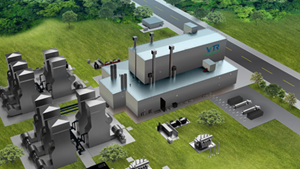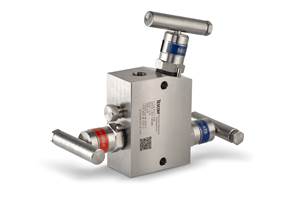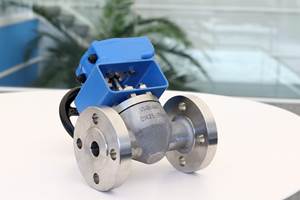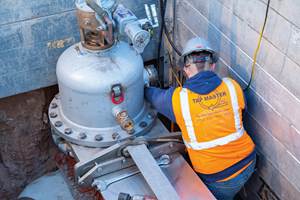Baker Hughes Acquires Quest Integrity
The acquisition of Quest Integrity complements Baker Hughes' existing asset integrity offerings.
#VMAnews
EIA Expects a 2.4% Increase in Total U.S. Electricity Consumption in 2022
Increased economic activity and very hot summer are factors in growth
Curtiss-Wright Awarded Contracts to Support Critical U.S. Naval Defense Platforms
Contracts to provide propulsion valves, pumps and advanced instrumentation and control systems
#VMAnews
Curtiss-Wright Wins Two Supplier of the Year Awards from the Utilities Service Alliance
Utilities Service Alliance awards Curtiss-Wright with two Supplier of the Year awards in the Materials and Technology categories.
#maintenance-repair #VMAnews
More Specialty Pyrrolidones Production in North America
New production plans promote global supply of HEP and NOP.
French Fleet Awards Trillium France with Contract
The contract asks Trillium to supply equipment that requires additional qualification tests.
#components #VMAnews
DOE Selects Sodium-Cooled Fast Reactor Design for Versatile Test Reactor in Idaho
A sodium-cooled fast test reactor was selected to be installed at Idaho National Laboratory.
New Valve for Hydrogen Fueling Stations Promotes Maintenance Safety, Minimizes Leaks
Emerson launches its TESCOM Anderson Greenwood Instrumentation H2 Valve Series for hydrogen applications.
#maintenance-repair #components
Metal Additive Manufacturing: the Evolving Road to Adoption and Standardization
By: Margo Ellis, Former Editor, Valve Magazine
Greater knowledge and acceptance of metal AM valve components—especially with various standardization efforts underway—will spur the technology’s growth.
#materials
CASE STUDY: City of Phoenix Tests More Efficient Water Distribution With Permaseal Valve
The CPWSD utilize PermaSeal’s insertion valve for water management systems.
#water-wastewater #gate-globe-check











